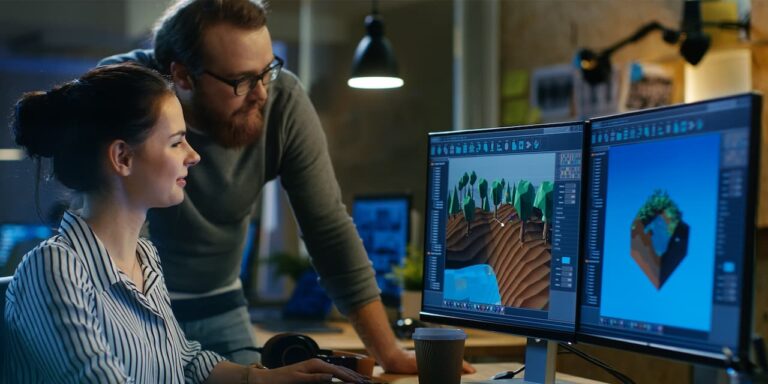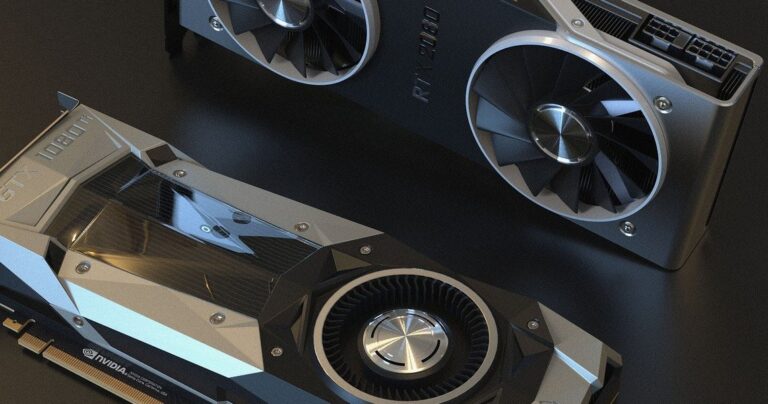Yes! You can. People like me do it all the time. It is possible to be utterly self-taught in CAD (computer-aided design) or 3D modeling (however you want to call it). You don’t have to go to college or university for engineering degrees, etc. Just get on the internet and find some tutorials of how to use your particular preferred choice of CAD software, read them carefully, practice them yourself, repeat… And eventually, you will get there!
It takes a lot of patience and time, though. I was self-taught for six months before I got anything published that looked good enough to get comments from others who know about these things. It took another six months after that to get to the point where I could quickly produce something worth showing. It’s pretty frustrating at first. But it gets better, I promise!
If you want to be an architect (or anything else in the real world), your work has to look fantastic right from the start, or people won’t pay attention to you. There is no room for mistakes in that industry. However, if you want to do cool stuff with CAD for personal use, many people out there will cheerfully look past all your errors and focus on what you are trying to show instead. We understand what it’s like when learning new skills, so we know how difficult it can sometimes be. And we think that’s pretty awesome! 🙂
Is it hard to 3D model an actual vehicle?
It depends. If you’re going for an accurate representation of any actual vehicle, yes, it’s very hard. There is a lot of work involved in that process. You can’t just press a button and say “make it look like the real one” because there are no buttons that do that! – unless you use someone else’s CAD model as a starting point and modify it yourself to suit your purposes.
3D models by others need to be purchased or licensed if they are not your own original creations (you might want to try searching here: Shoppok and www.cgtrader.com ), but those take time and money to acquire, so it could get expensive quickly if you need a lot of different models. You also need to understand how all the parts go together, as there might be hidden parts inside some 3D models that aren’t visible from the outside. But those can be pretty cool too!
In general, I recommend learning how to make your original designs rather than trying to copy someone else’s work unless you know for sure that it will save you a ton of time and effort first. It depends on what kind of result you want, though. There is more than one way to skin a cat, as they say. but sometimes it takes several cats’ worth of skins before you get something good enough to show anyone!
What materials can I use?
You can use any materials you like. The CAD software I use can work with pretty much anything, so it’s all up to the artist… But what most people use is either plastic or steel.
Plastic is easy to model because it doesn’t have a grain or ‘grain direction’ that matches up everywhere as real metal does. This lets you build things however you want, without being restricted by how strong the material is in different directions. There are limitations, though! For example, if plastics are too thin, they might break when someone tries pressing buttons on them or moving gears attached to them, etc. So that won’t fly if your goal is just one-off prototype parts. Plus, some particular types of plastics (like acrylic) can’t be 3D printed, so you would have to find a way to make it yourself if you want any of those.
Steel is much stronger and more durable than plastic, but modeling it correctly can get quite complicated. It has a grain direction that will always be parallel to the length of any cut or hole made in it, which means that your CAD software needs special tools to figure out what’s going on inside the part when you slice it open in different ways. It also means that if anything is attached to parts with steel in them (like screws or nails or bolts), they need to be oriented along the same ‘grain’ direction as their host material because otherwise, the part might break apart. Under stress. But not always! There’s another type of steel called ‘cast iron’ with a grain direction that’s almost impossible to predict (which is why you need special tools), but it goes every which way inside the metal.
There are all kinds of other materials out there like glass, wood, stone, etc. But it gets more complicated when modeling with those because they usually have their own rules about how parts made from them need to be created to print or mill (even laser cut) them without errors or problems. And again, CAD tools can help with this – but only if they’re designed for the job!
How do I know what software to use?
I don’t think there is any universal answer to this question, unfortunately! It depends on what method you want to use with what kind of materials. But I’ll try to go over some things that might help make this decision for you.
All methods (except laser cutting) need a 2D plan view of your design and then 3D models of everything in the part that’s going to be seen from different directions. This means that picture formats like. JPEG, GIF, and. PNG isn’t appropriate unless they’re only one or two megabytes big because the programs we use aren’t good at handling huge images without slowing down or even crashing when trying to open them.
You can optimize these images yourself using software like Photoshop, but this isn’t always an option if it’s something you bought or got a copy of, and it’s even less likely to be an option if you’re just getting started and don’t know how to do that kind of thing!
A decent alternative is using vector images. EPS, SVG, and. DWG because they can be scaled up or down to any size without losing any detail. Vector software (like Inkscape) is also much easier to learn than image editing programs so that it might seem more inviting to beginners. But the problem with this is that none of these formats are natively supported by most CAD applications! You need particular plugin files called ‘drivers’ to show up inside a CAD program, but not all apps have drivers for everything.








